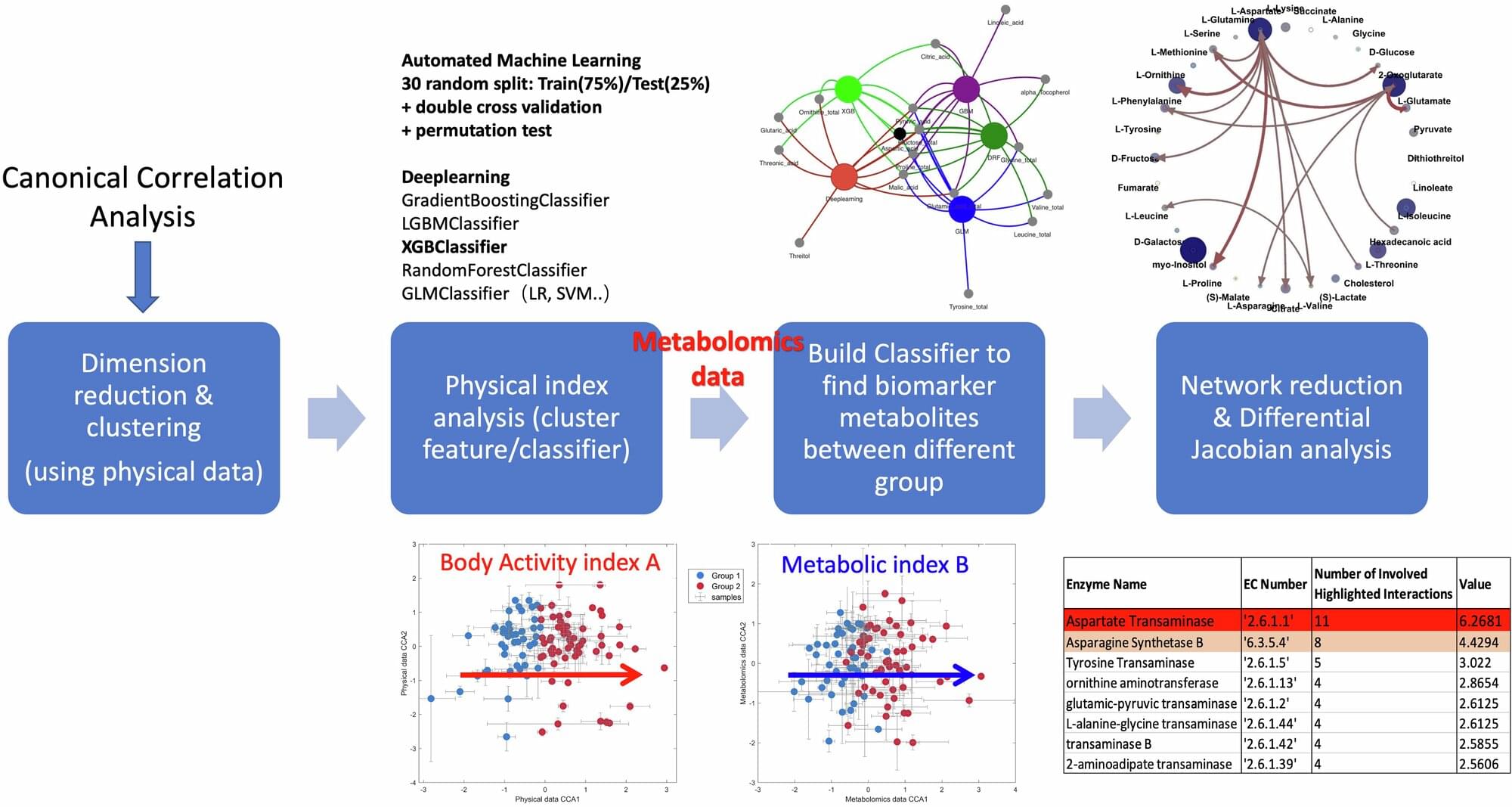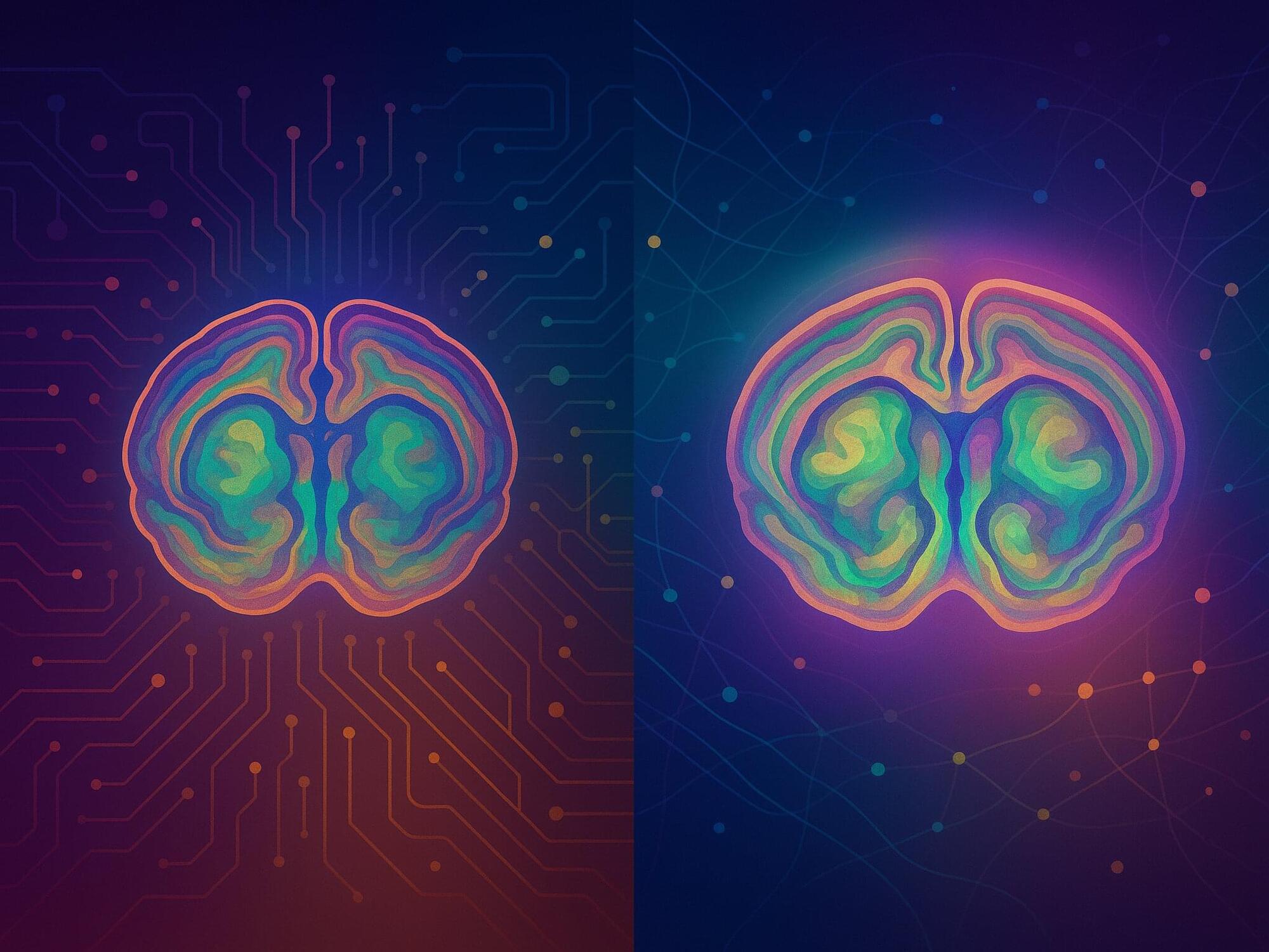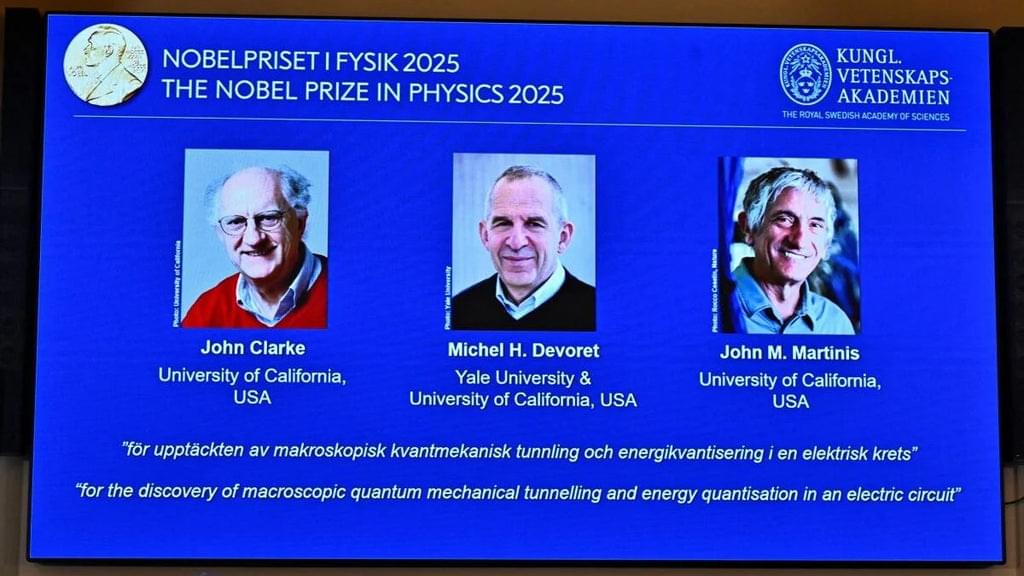Behold Neural Viz, the first great cinematic universe of the AI era. It’s from a guy named Josh.
Category: robotics/AI – Page 58

Smart blood: How AI reads your body’s aging signals
Could a simple blood test reveal how well someone is aging? A team of researchers led by Wolfram Weckwerth from the University of Vienna, Austria, and Nankai University, China, has combined advanced metabolomics with cutting-edge machine learning and a novel network modeling tool to uncover the key molecular processes underlying active aging.
Their study, published in npj Systems Biology and Applications, identifies aspartate as a dominant biomarker of physical fitness and maps the dynamic interactions that support healthier aging.
It has long been known that exercise protects mobility and lowers the risk of chronic disease. Yet the precise molecular processes that translate physical activity into healthier aging remain poorly understood. The researchers set out to answer a simple but powerful question: Can we see the benefits of an active lifestyle in elderly individuals directly in the blood—and pinpoint the molecules that matter most?

Scientists create ChatGPT-like AI model for neuroscience to build one of the most detailed mouse brain maps to date
In a powerful fusion of AI and neuroscience, researchers at the University of California, San Francisco (UCSF) and Allen Institute designed an AI model that has created one of the most detailed maps of the mouse brain to date, featuring 1,300 regions/subregions.
This new map includes previously uncharted subregions of the brain, opening new avenues for neuroscience exploration. The findings were published in Nature Communications. They offer an unprecedented level of detail and advance our understanding of the brain by allowing researchers to link specific functions, behaviors, and disease states to smaller, more precise cellular regions—providing a roadmap for new hypotheses and experiments about the roles these areas play.
“It’s like going from a map showing only continents and countries to one showing states and cities,” said Bosiljka Tasic, Ph.D., director of molecular genetics at the Allen Institute and one of the study authors.

Brownstone Research
Super AI is coming soon.
This is your shot to “partner” with Elon Musk in Project Colossus, the supercomputer that Jeff believes will power the next generation of AI.
Jeff is about to show you how you could take a stake in Elon’s private company starting with as little as $500…
Without having connections in Silicon Valley… Without having to be an accredited investor… And without having to be rich.

How One AI Model Creates a Physical Intuition of Its Environment
Once this pretraining stage is complete, the next step is to tailor V-JEPA to accomplish specific tasks such as classifying images or identifying actions depicted in videos. This adaptation phase requires some human-labeled data. For example, videos have to be tagged with information about the actions contained in them. The adaptation for the final tasks requires much less labeled data than if the whole system had been trained end to end for specific downstream tasks. In addition, the same encoder and predictor networks can be adapted for different tasks.
Intuition Mimic
In February, the V-JEPA team reported how their systems did at understanding the intuitive physical properties of the real world — properties such as object permanence, the constancy of shape and color, and the effects of gravity and collisions. On a test called IntPhys, which requires AI models to identify if the actions happening in a video are physically plausible or implausible, V-JEPA was nearly 98% accurate. A well-known model that predicts in pixel space was only a little better than chance.

2025 Nobel Prize in Physics Peer Review
Introduction.
Grounded in the scientific method, it critically examines the work’s methodology, empirical validity, broader implications, and opportunities for advancement, aiming to foster deeper understanding and iterative progress in quantum technologies. ## Executive Summary.
This work, based on experiments conducted in 1984–1985, addresses a fundamental question in quantum physics: the scale at which quantum effects persist in macroscopic systems.
By engineering a Josephson junction-based circuit where billions of Cooper pairs behave collectively as a single quantum entity, the laureates provided empirical evidence that quantum phenomena like tunneling through energy barriers and discrete energy levels can manifest in human-scale devices.
This breakthrough bridges microscopic quantum mechanics with macroscopic engineering, laying foundational groundwork for advancements in quantum technologies such as quantum computing, cryptography, and sensors.
Overall strengths include rigorous experimental validation and profound implications for quantum information science, though gaps exist in scalability to room-temperature applications and full mitigation of environmental decoherence.
Framed within the broader context, this award highlights the enduring evolution of quantum mechanics from theoretical curiosity to practical innovation, building on prior Nobel-recognized discoveries like the Josephson effect (1973) and superconductivity mechanisms (1972).


Generative AI Designs Synthetic Gene Editing Proteins Better than Nature
Researchers from Integra Therapeutics, in partnership with the Pompeu Fabra University (UPF) and the Centre for Genomic Regulation (CRG), Spain, have used generative AI to design synthetic proteins that outperform naturally occurring proteins used for editing the human genome. Their use of generative AI focused on PiggyBac transposases, naturally occurring enzymes that have long been used for gene delivery and genetic engineering, and uncovered more than 13,000 previously unidentified PiggyBac sequences. The research, published in Nature Biotechnology, has the potential to improve current gene editing tools for the creation of CAR T and gene therapies.
“Our work expands the phylogenetic tree of PiggyBac transposons by two orders of magnitude, unveiling a previously unexplored diversity within this family of mobile genetic elements,” the researchers wrote.
For their work, the researchers first conducted extensive computational bioprospecting, screening more than 31,000 eukaryotic genomes to uncover the 13,000 new sequences. From this number, the team was able to validate 10 active transposases, two of which showed similar activity to PiggyBac transposases currently used in both research and clinical settings.

‘FlyingToolbox’ drone system achieves accurate mid-air tool exchange despite airflow interference
Flying manipulator robots have shown themselves to be useful in many applications, such as industrial maintenance or construction. Their utility in hard to reach or hazardous locations makes them particularly promising in applications that put humans at risk. While these machines have been continuously improving over the years, they are still lacking in certain areas.
One difficulty for drones in the past has been the ability to stack on top of one another and work cooperatively while in flight. This ability is useful for things like swapping tools, similar to the way a nurse might hand different tools to a doctor during a procedure—allowing the doctor (or manipulator drone) to work uninterrupted.
The difficulty comes from something called “downwash,” which is a strong movement of air generated between two drones that interferes with their precise movements and docking procedures. However, a team of researchers from Westlake University in China has designed a new system of micro-aerial vehicles (MAVs) capable of exchanging tools with impressive precision while flying. The design and experimental tests on the “FlyingToolbox” are documented in their new study, published in Nature.

Researchers develop the first miniaturized ultraviolet spectrometer chip
Recently, the iGaN Laboratory led by Professor Haiding Sun at the School of Microelectronics, University of Science and Technology of China (USTC), together with the team of academician Sheng Liu from Wuhan University, has successfully developed the world’s first miniaturized ultraviolet (UV) spectrometer chip and realized on-chip spectral imaging.
Based on a novel gallium nitride (GaN) cascaded photodiode architecture and integrated with deep neural network (DNN) algorithms, the device achieves high-precision spectral detection and high-resolution multispectral imaging.
With a response speed on the nanosecond scale, it sets a new world record for the fastest reported miniaturized spectrometer. The work, titled “A miniaturized cascaded-diode-array spectral imager,” was published online in Nature Photonics on September 26, 2025.